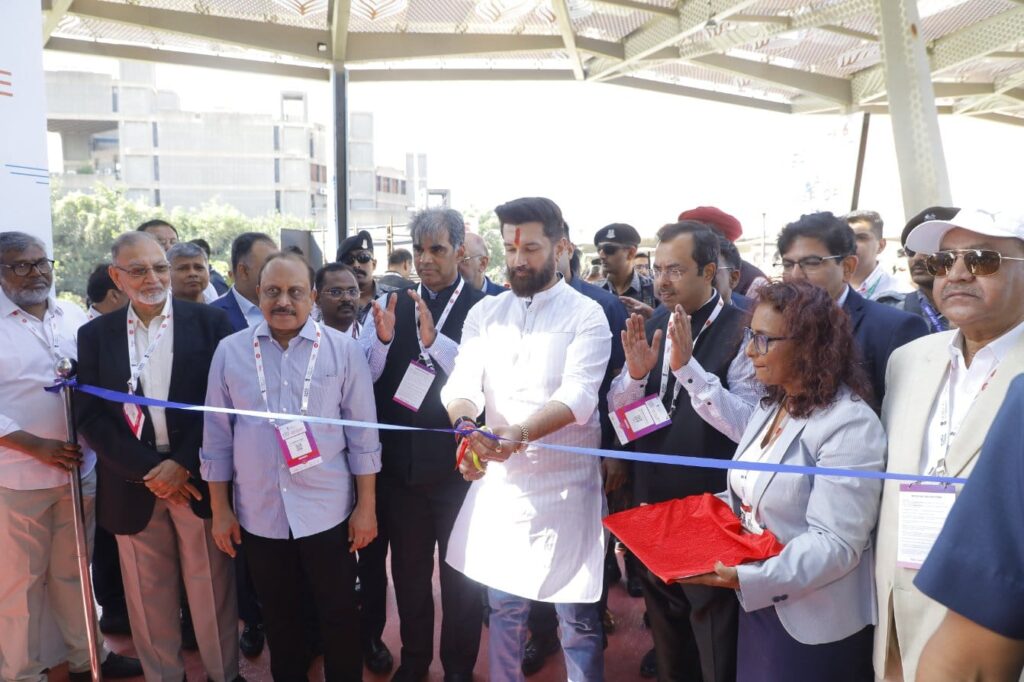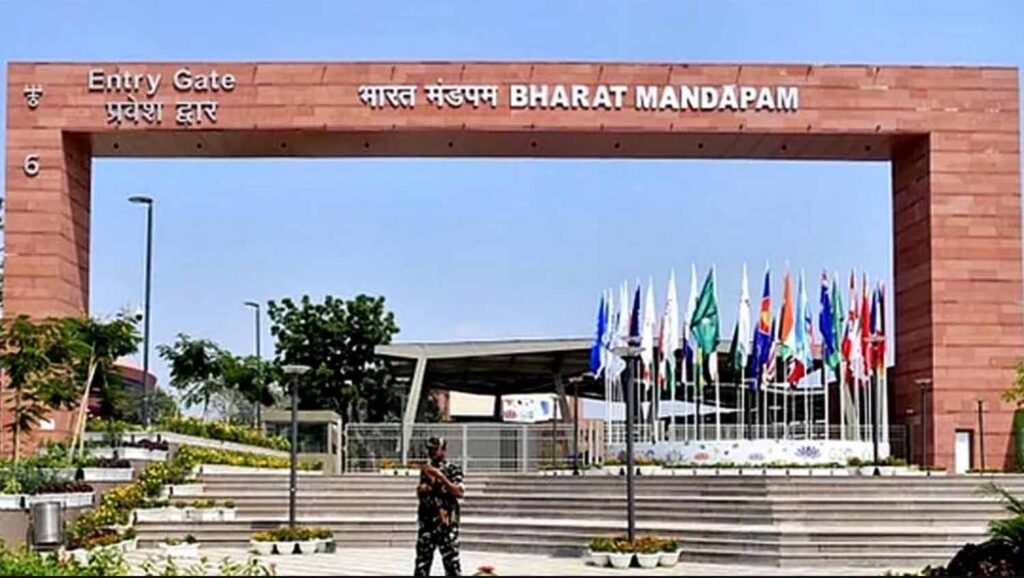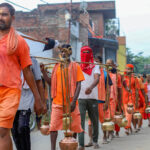Monsoon Showers Bring Respite and Chaos to Delhi-NCR: Soaked Roads, Waterlogging, and Pleasant Weather Across Noida, Faridabad, and Capital

The monsoon has finally made its presence felt in the Delhi-NCR region, drenching the national capital and adjoining areas with heavy rainfall over the past 24 hours. From Wednesday evening to Thursday morning, intermittent showers turned the weather pleasant, bringing much-needed relief from the sweltering humidity. However, along with the cooling breeze came widespread waterlogging and traffic chaos across major cities, including Noida and Faridabad.
According to the India Meteorological Department (IMD), Delhi recorded 37.6 mm of rainfall between 5:30 PM on Wednesday and 5:30 PM on Thursday. The maximum temperature dropped significantly, settling at 30.6°C, which is 4.9 degrees Celsius below normal for this time of the year.
July Rainfall Below Average, But Picking Up Pace
The monsoon officially reached Delhi on June 29, two days later than usual, covering not only the capital but most parts of the country. Despite the delayed onset, the rainfall so far has been patchy and below average. Typically, Delhi receives 209.7 mm of rainfall in July, while last year’s July tally stood at 203.7 mm. This year, the pace of showers had been sluggish until this recent spell, raising hopes for improved rainfall in the coming weeks.
Forecast: Rain Likely to Continue Till July 16
The IMD has forecast continued cloudy skies and light to moderate rain in Delhi and surrounding regions till July 16. While temperatures may slightly rise over the weekend, minimum temperatures are expected to hover between 23°C and 25°C, making the overall climate relatively comfortable.
Noida Residents Struggle with Waterlogged Streets and Traffic Gridlocks
In Gautam Buddha Nagar, the day began with steady showers from around 9 AM on Thursday. While the rain provided relief from the oppressive heat and humidity, it also brought along familiar woes of urban flooding and traffic snarls.
Several key roads were inundated, forcing vehicles to move at a snail’s pace. Officegoers bore the brunt, with many reporting delays of over an hour as waterlogging turned commute into a nightmare. Many people were seen taking shelter under metro pillars and foot-over bridges, causing congestion and localized traffic jams.
Particularly hit was the Dadri-Surajpur-Chhalera road, where multiple stretches were submerged. In Sarfabad village, streets were reportedly under knee-deep water, severely impacting movement. Chilla Border and both loops of the Mahamaya Flyover saw significant water accumulation, bringing traffic to a standstill.
Several sectors in Noida reported similar waterlogging issues, with internal roads and service lanes becoming impassable for two-wheelers and low-clearance vehicles.
Faridabad Also Reports Similar Conditions
Faridabad, another key satellite city, witnessed moderate to heavy rainfall, which not only brought down the temperature but also exposed the city’s inadequate drainage infrastructure. Pothole-ridden roads became more treacherous, and residents reported disruptions in local transportation and daily routines.
The Bottom Line
While the rain brought a much-needed break from the summer heat and created a picturesque, monsoon-like ambience across Delhi-NCR, it also brought with it the same annual set of challenges—infrastructure failure, waterlogging, and mobility issues.
The authorities have been alerted, and with more showers expected over the next few days, all eyes are now on civic bodies and their preparedness to handle the monsoon’s fury. For residents, it’s a daily balance between enjoying the weather and enduring its urban side-effects.










